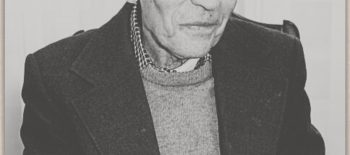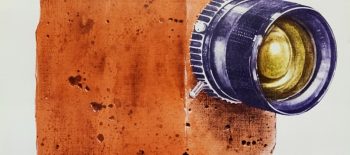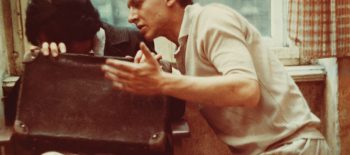August 1, 1944
78th Anniversary of Warsaw Rising
This year we are commemorating the 78th anniversary of the Warsaw Rising. Join the Poles at 5 PM CET/11 AM ET for one minute of silence—symbolizing the ‘W’ Hour, “the codename for the date and time that began Operation Tempest in German-occupied Warsaw, and hence the Warsaw [Rising].”—Wikipedia
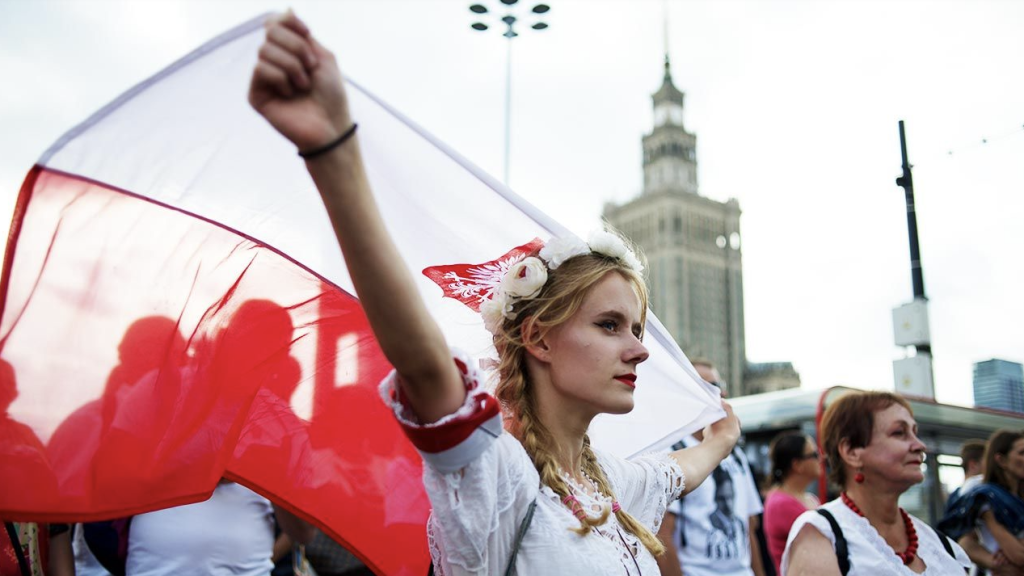
“1 August 1944, a vital date in Poland’s history, the Polish Home Army, a non-Communist underground resistance movement, initiated the Warsaw Uprising – the largest military effort undertaken by resistance forces to oppose German occupation during World War II – to liberate the city from occupation and to reclaim Polish independence.”—Culture.pl
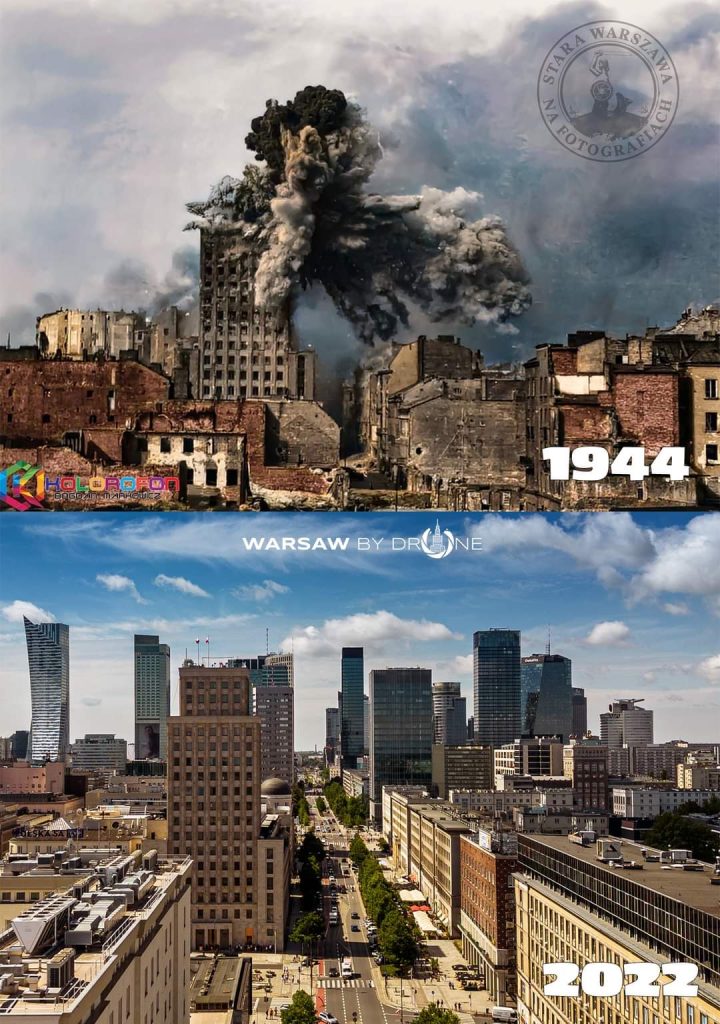
When in Warsaw, do not forget to visit the phenomenal Warsaw Rising Museum (Muzeum Powstania Warszawskiego). “The Warsaw Rising Museum was opened on the 60th anniversary of the outbreak of fighting in Warsaw. The Museum is a tribute of Warsaw’s residents to those who fought and died for independent Poland and its free capital… The exhibition depicts fighting and everyday life during the Rising, keeping occupation terror in the background. Complexity of the international situation at the time of the Rising is portrayed, including the post-war years of the Communist regime and the fate of Insurgents in the People’s Republic of Poland (PRL). With the total area of more than 3000 m2, 800 exhibition items, approximately 1500 photographs, films and sound recordings, history of the days preceding the Rising is told. Visitors are guided through the subsequent stages of the Rising until the time when the Insurgents left Warsaw. Their further fate is also portrayed.”—www.1944.pl
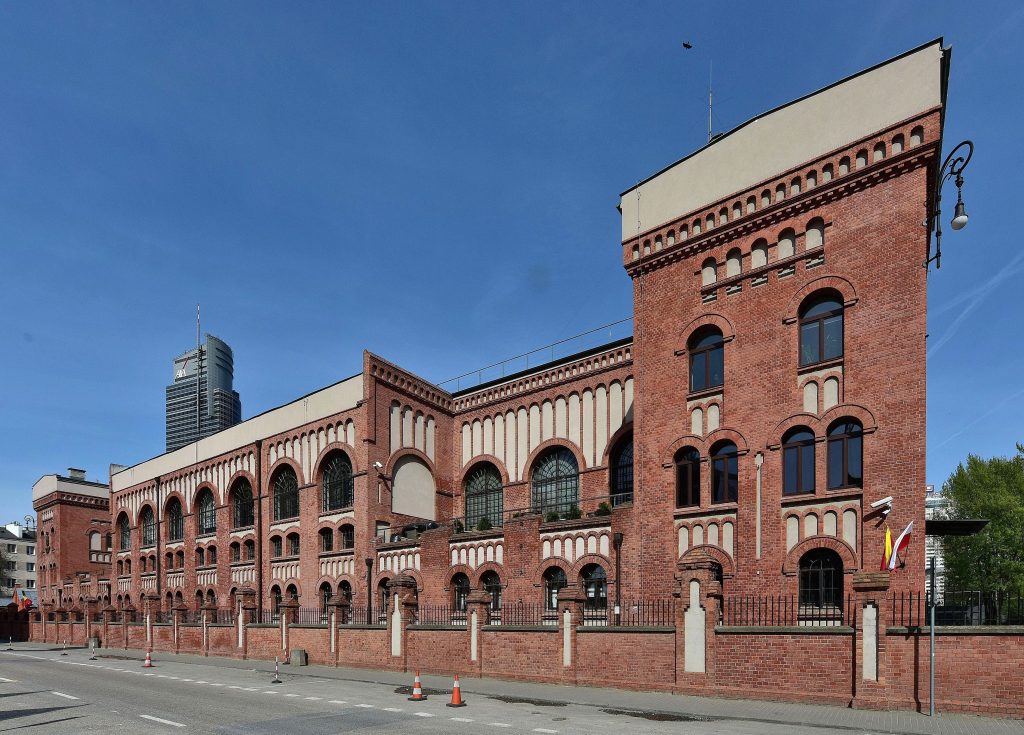
To learn more about the events of August 1, 1994, we recommend the book by Miron Białoszewski, A Memoir of the Warsaw Uprising. Tr., intro., and notes by Madeline G. Levine. New York: New York Review Books, 2015. Białoszewski published A Memoir of the Warsaw Uprising in 1970, recounting in fragmented, anti-heroic language, the civilian experience under German bombardment, challenging the Romantic narrative of the Rising as it was generally conceived. To learn more about the author we encourage you to listen to the Encounters with Polish Literature episode about Miron Białoszewski with Joanna Niżyńska, hosted by David A. Goldfarb.
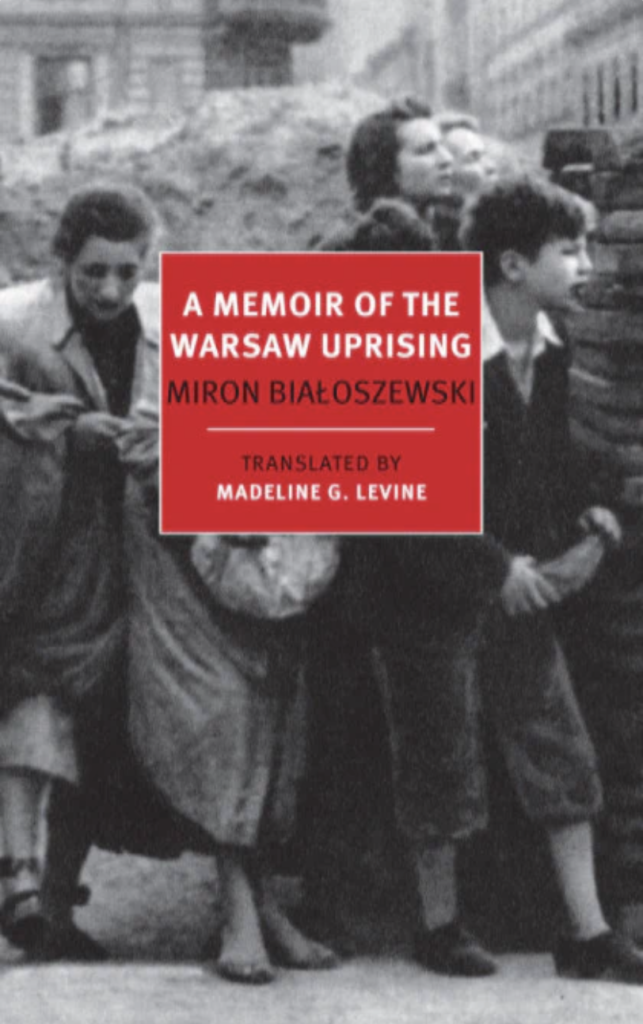
“On August 1, 1944, Miron Białoszewski, later to gain renown as one of Poland’s most innovative poets, went out to run an errand for his mother and ran into history. With Soviet forces on the outskirts of Warsaw, the Polish capital revolted against five years of Nazi occupation, an uprising that began in a spirit of heroic optimism. Sixty-three days later it came to a tragic end. The Nazis suppressed the insurgents ruthlessly, reducing Warsaw to rubble while slaughtering some 200,000 people, mostly through mass executions. The Red Army simply looked on.”—New York Review Books
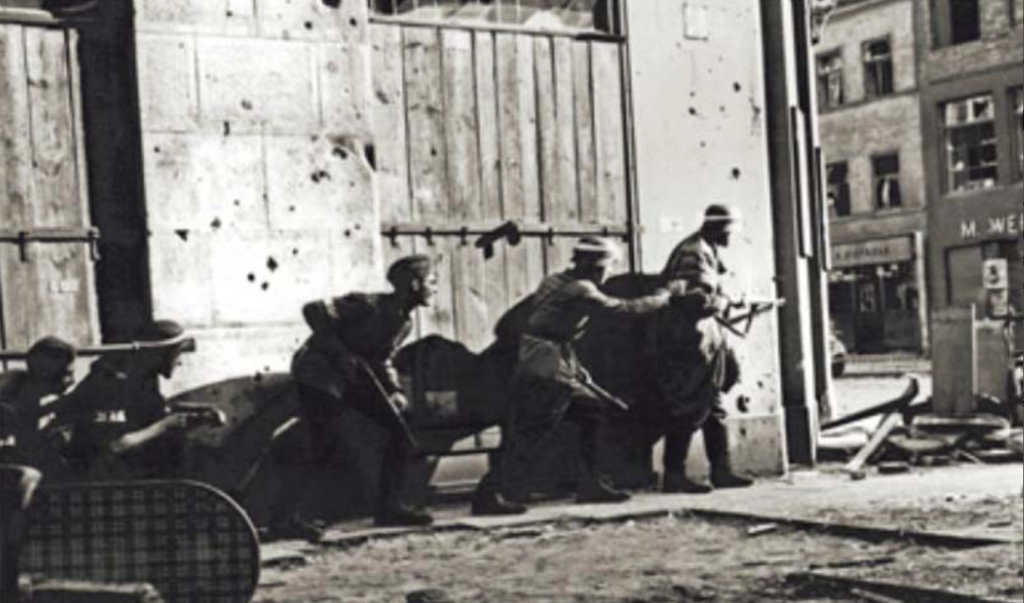
For continued explorations we invite you to view the image gallery that Culture.pl have put together. Gathering the most important photographs of the Warsaw Rising. Photographs are from the album Powstanie warszawskie. Najważniejsze fotografie (editor’s translation: The Warsaw [Rising]: The Most Important Photographs) published by Wydawnictwo RM.
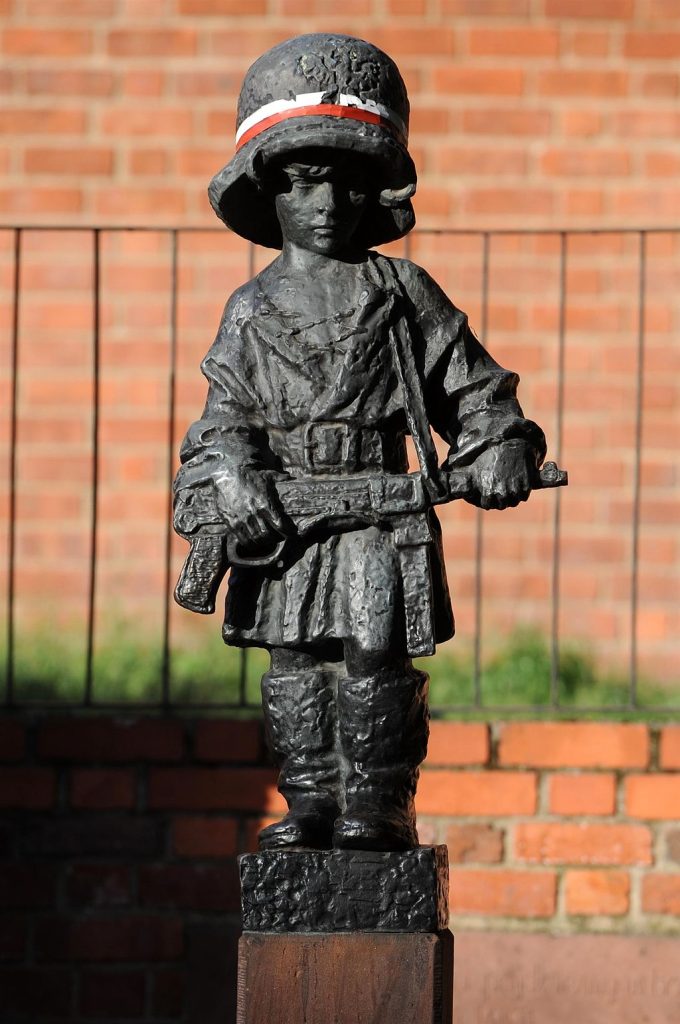
Image: Warsaw [Rising] Monument on Krasiński Square in Warsaw, designed by Wincenty Kućma and Jacek Budyn, unveiled in 1989 roku, photo: Paweł Migasiewicz. Source: Culture.pl.

